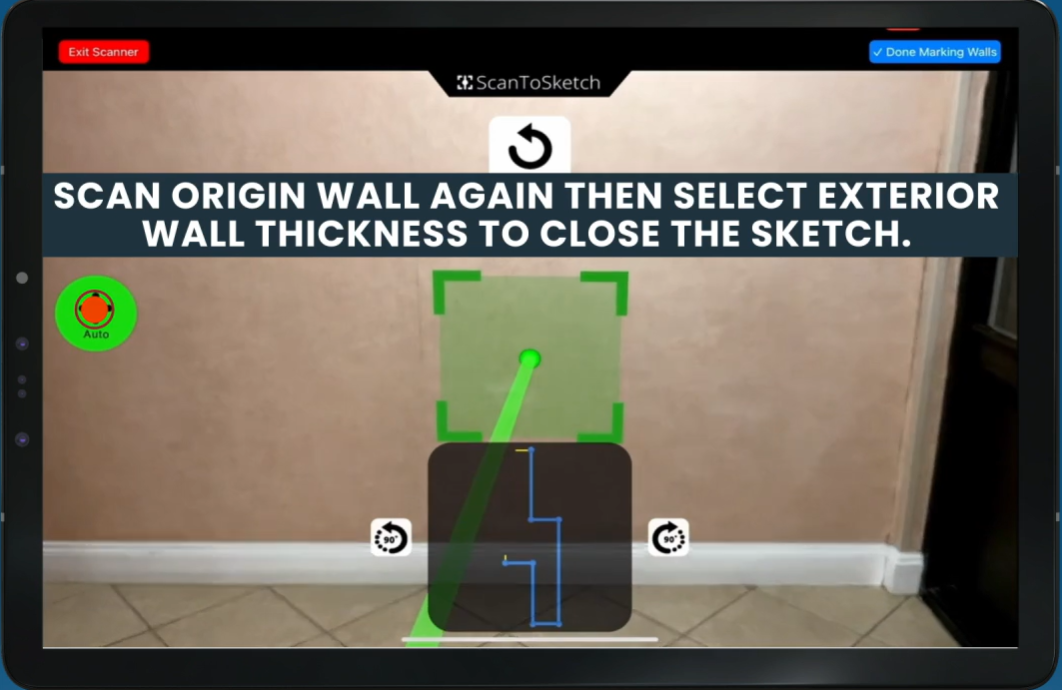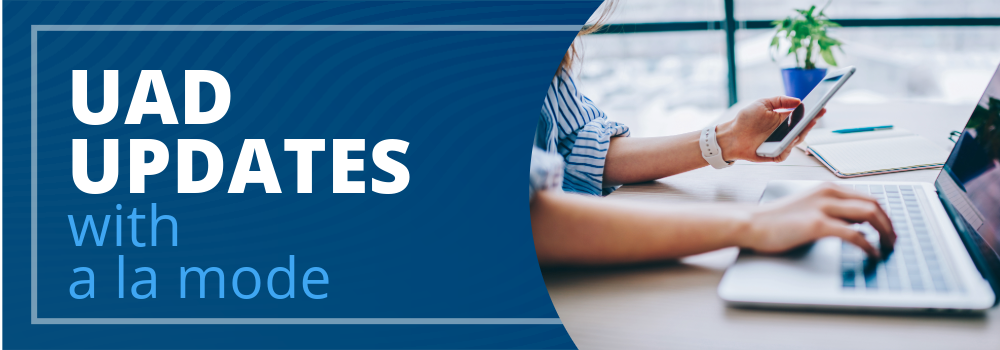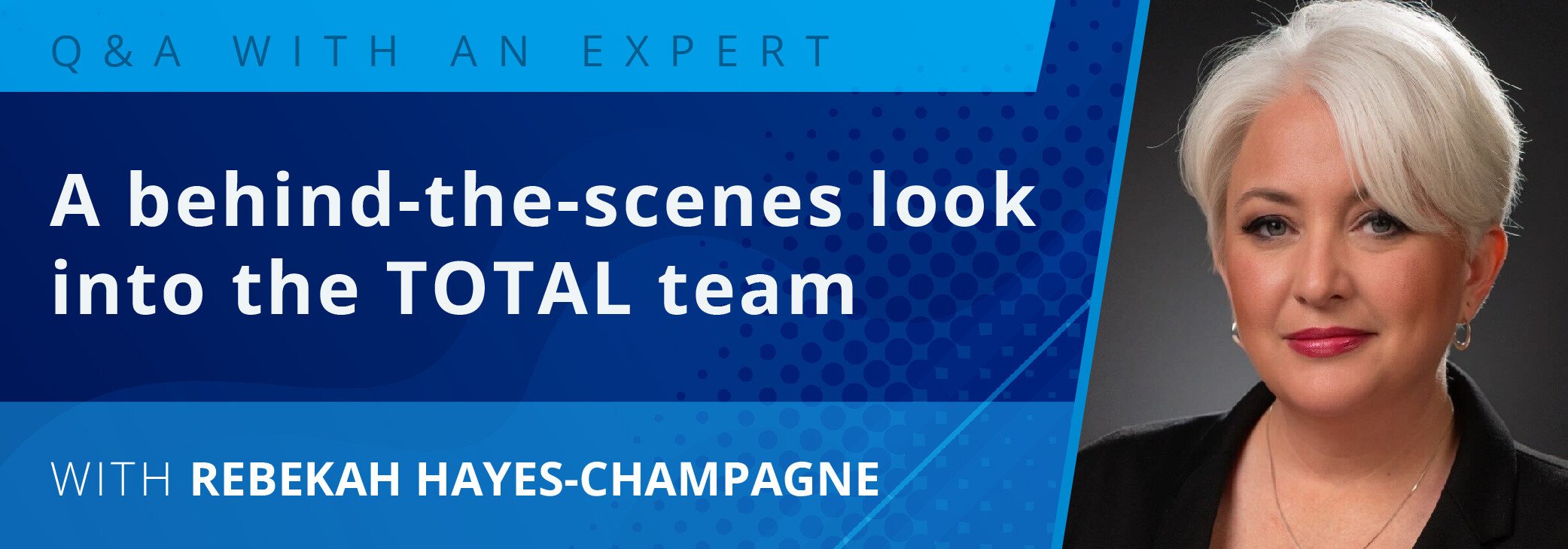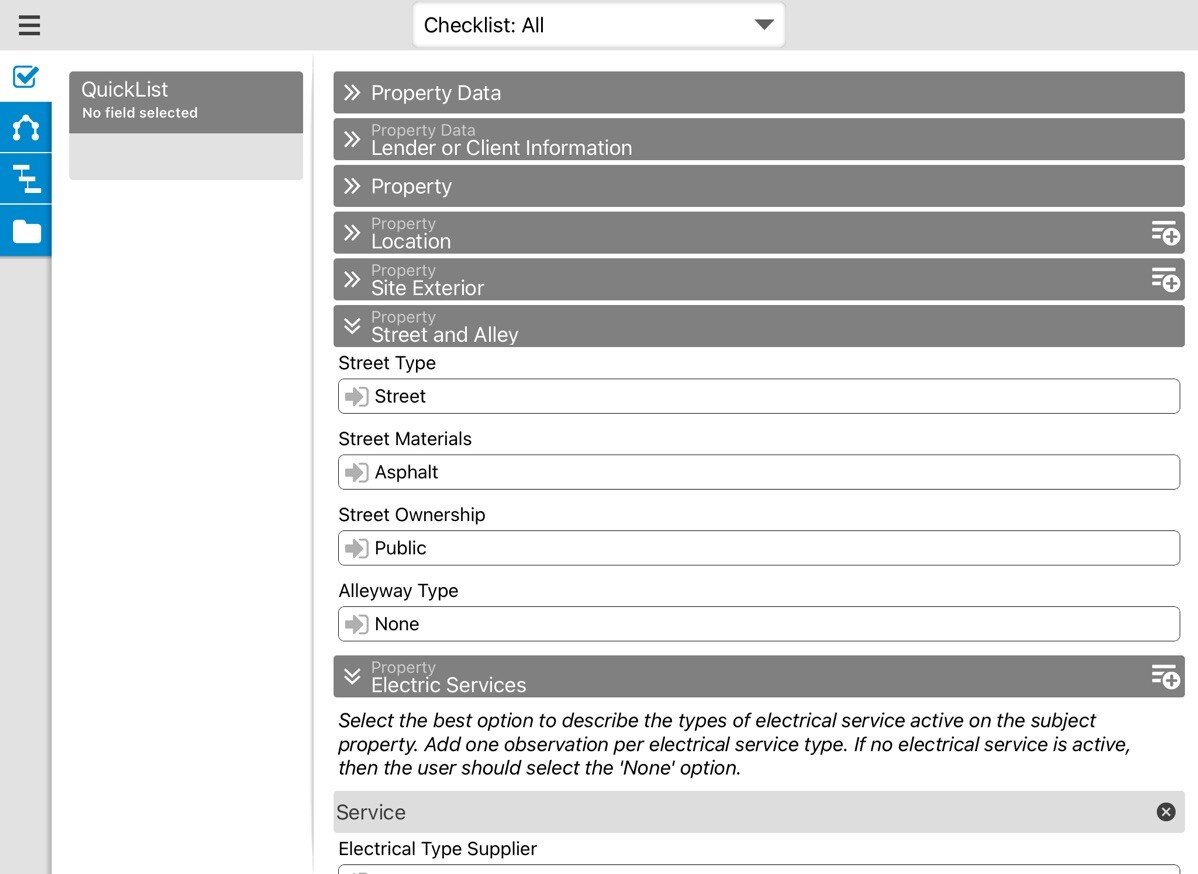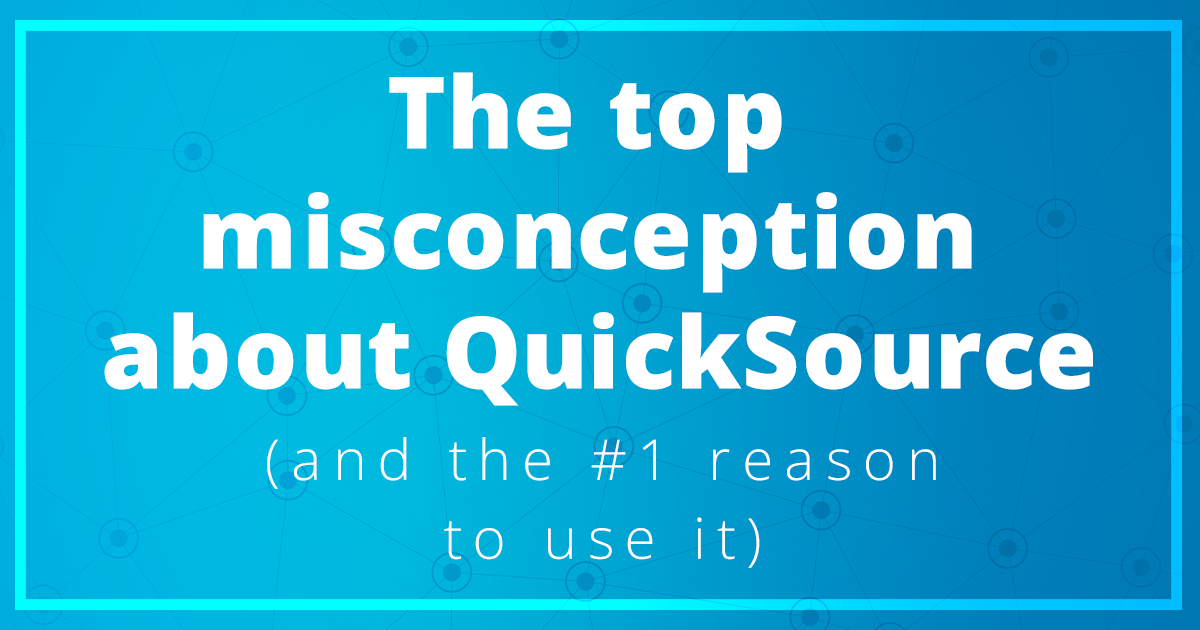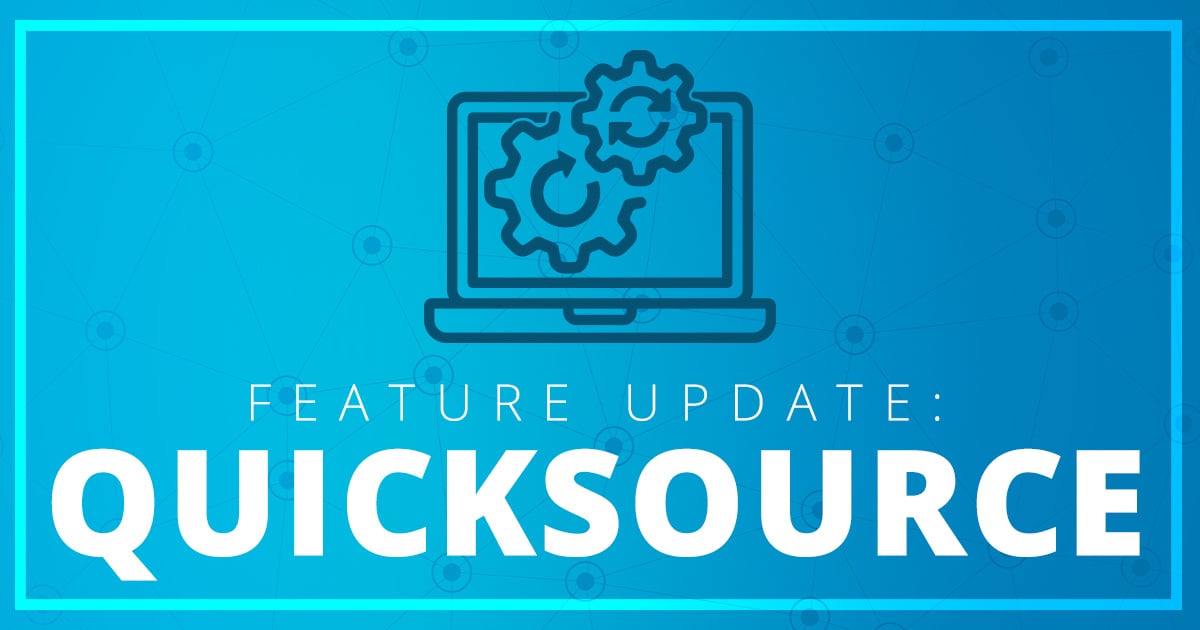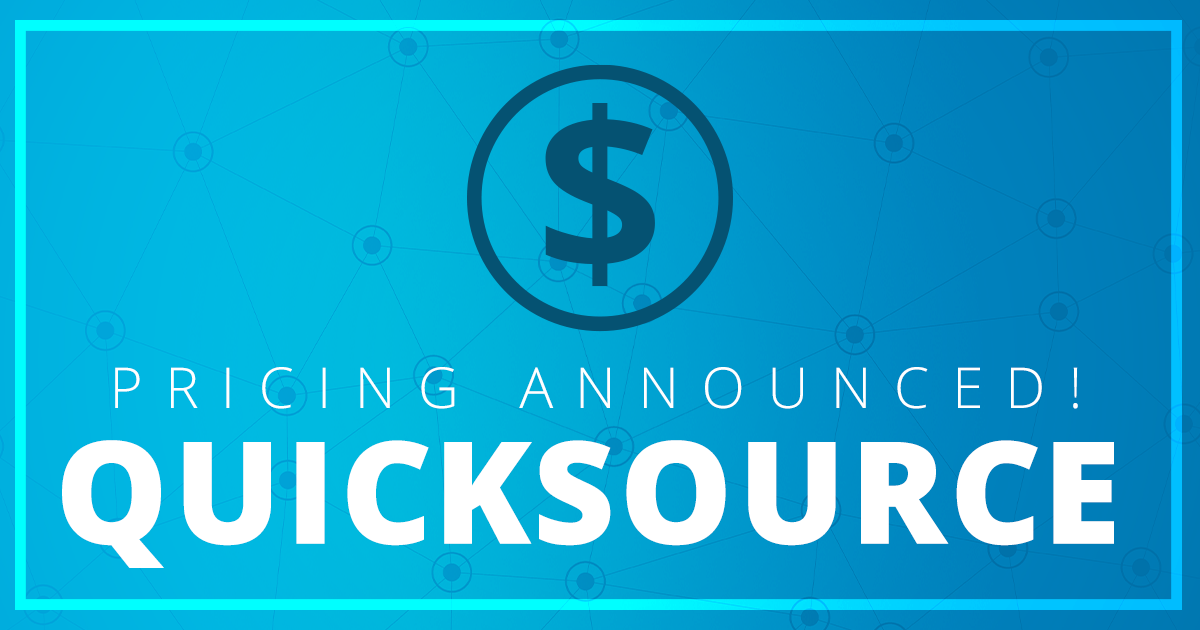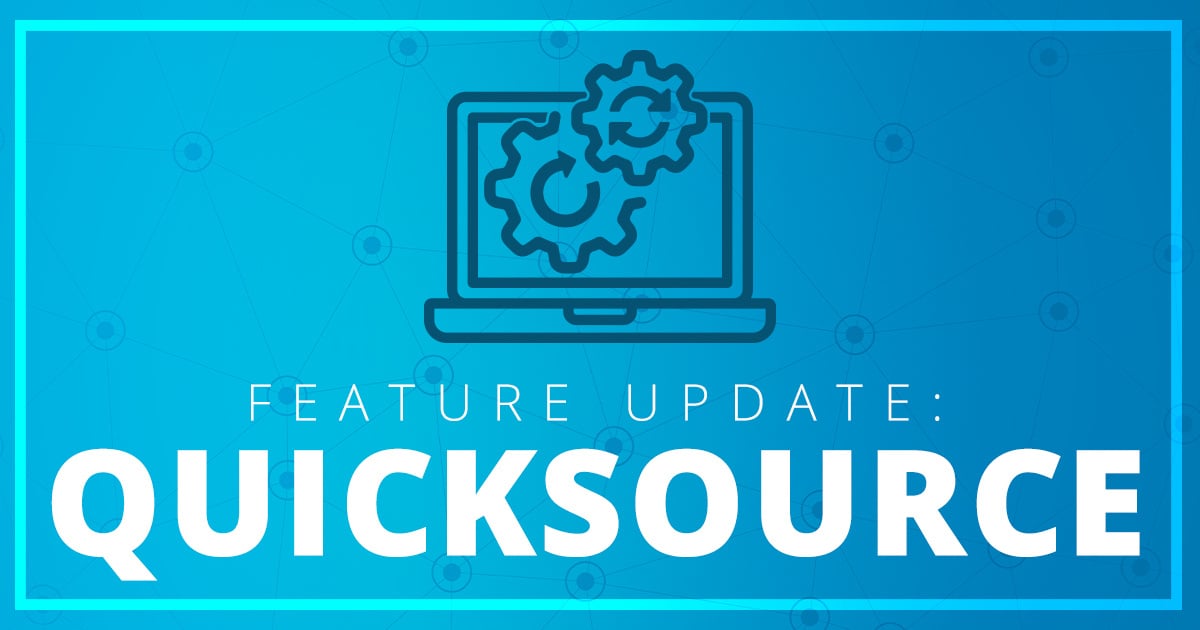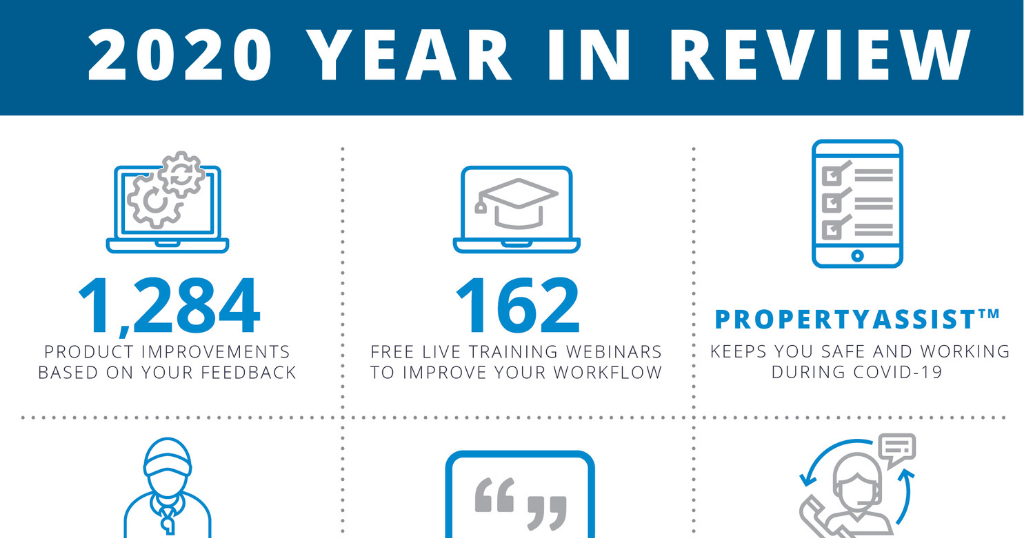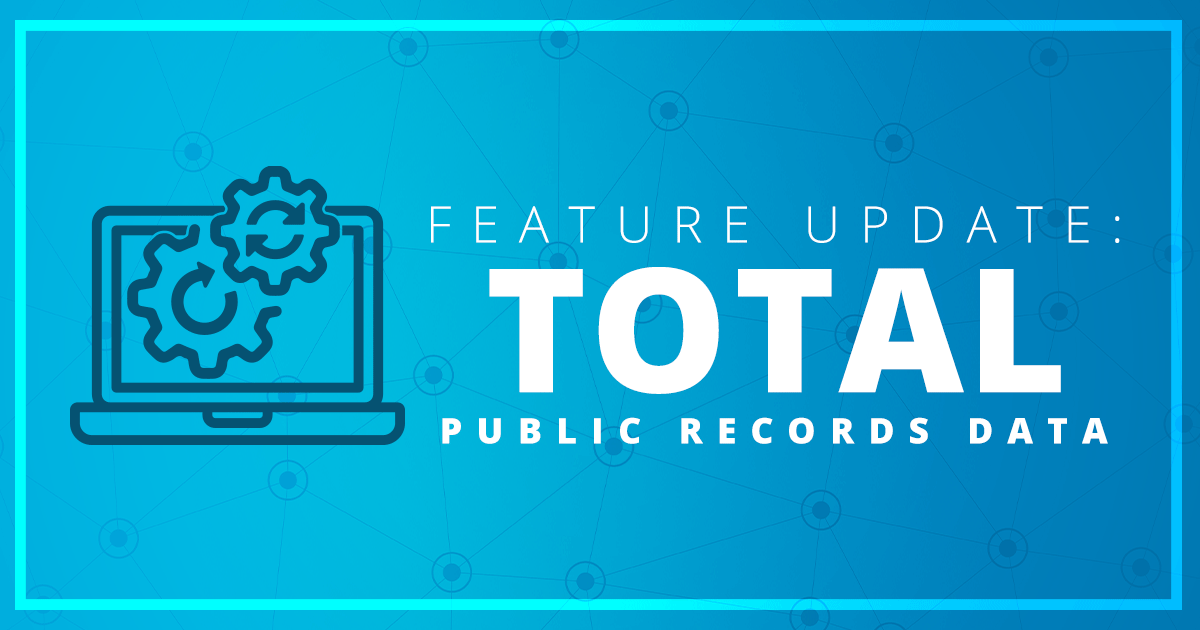Last week we talked about Windows XP and how it’s an absolute must to move away from the older, slower operating systems, like Windows 98. You can also avoid headaches – literally and figuratively – with a larger monitor, many of you told us.
When you stare at a computer monitor for hours at a time, it’s no fun to get glare headaches due to small monitors with low resolution. One appraiser who uses a 22″ Gateway HDTV monitor told us, “I would recommend this type of monitor to everyone. Get ready to lay down some bucks, but it is really worth the extra cash to protect your vision. Another plus – it uses so little desk top space it leaves lots of desk top to clutter with other junk!”
Another reader agreed, but noted you don’t necessarily have to spend a lot. “I just upgraded to a 19 inch Samsung from a 15 inch flat LCD,” he wrote us. “What an amazing difference. Less eye strain for one thing. The color and contrast is amazing. All for 180 bucks!”
One reader, the Operations Manager for a national real estate company, pointed out: “Besides the fact that it is bad for our vision to strain for hours on end, a large monitor can be helpful when showing others in your office what you are doing on your screen. Many appraisal offices hire trainees. And when our desks are so cluttered with papers – even in this ‘paperless society’ – you can allow those trainees or fellow employees the opportunity to stand back while you show and explain parts of your report.”
We asked you when you upgrade your monitor – when it fizzles out or when you upgrade the rest of your system. “Upgrades happen when I feel the need to visit my eye doctor,” one reader told us. “I think, gee, which would I like, bi-focal contact lenses, or a nice new bigger monitor. Answer is really easy.”
Popular monitor tricks included purchasing cards that allow the user to rotate the monitor to “portrait” mode (or monitors purchased with that built-in capability). “I just purchased a 22″ Dell flat screen and upgraded to GeForce 5500 video card so I can rotate the monitor into portrait mode,” one reader told us. “Best choice I have made in a long time. It is really great seeing all of Form 1004 and 1025 as I enter various adjustments and watch the corresponding changes happen down screen.” Another reader recommends the 17″ Dell UltraSharp 1703FP Flat Panel. “The monitor can be rotated 90 degrees which allows me to see almost a whole page of the URAR and no more scrolling around when I’m drawing a really large house. I highly recommend this monitor!”
Dual monitors are growing in popularity. “I can’t hardly work without dual monitors now,” one reader wrote. “Between WinTOTAL, the local MLS system, Internet, Outlook, etc., I think I’m ready to add a third.” Another wrote: “The dual monitor has really been an asset to me for the last year and a half. When someone calls, asking about an appraisal, I can keep the main monitor up and check the information they are asking about on the second monitor without minimizing the main screen.”
WinTOTAL 5 is being designed to support dual monitor use.
One concerned reader wrote in response to last week’s piece about upgrading to XP. He agrees it’s important, but thought we might have glossed over some key considerations. As he put it: “My concern is not that the information you give in the article is inaccurate, on the contrary, I believe running XP is paramount to having the fastest most efficient machine possible (not to mention secure). I feel that you do not offer enough information about the many problems that may arise when a computer is upgraded to a new operating system, especially XP.”
Thanks for writing, and it’s probably a good idea to mention it: Upgrading your operating system is an important operation. You don’t want to do it on the spur of the moment but plan for the upgrade. Do it when you have time. Not when you’re backlogged. And, do it before new software versions, like WinTOTAL, are released. It’s best not to be in the position of learning the nuances of a new operating system and new software at the same time.


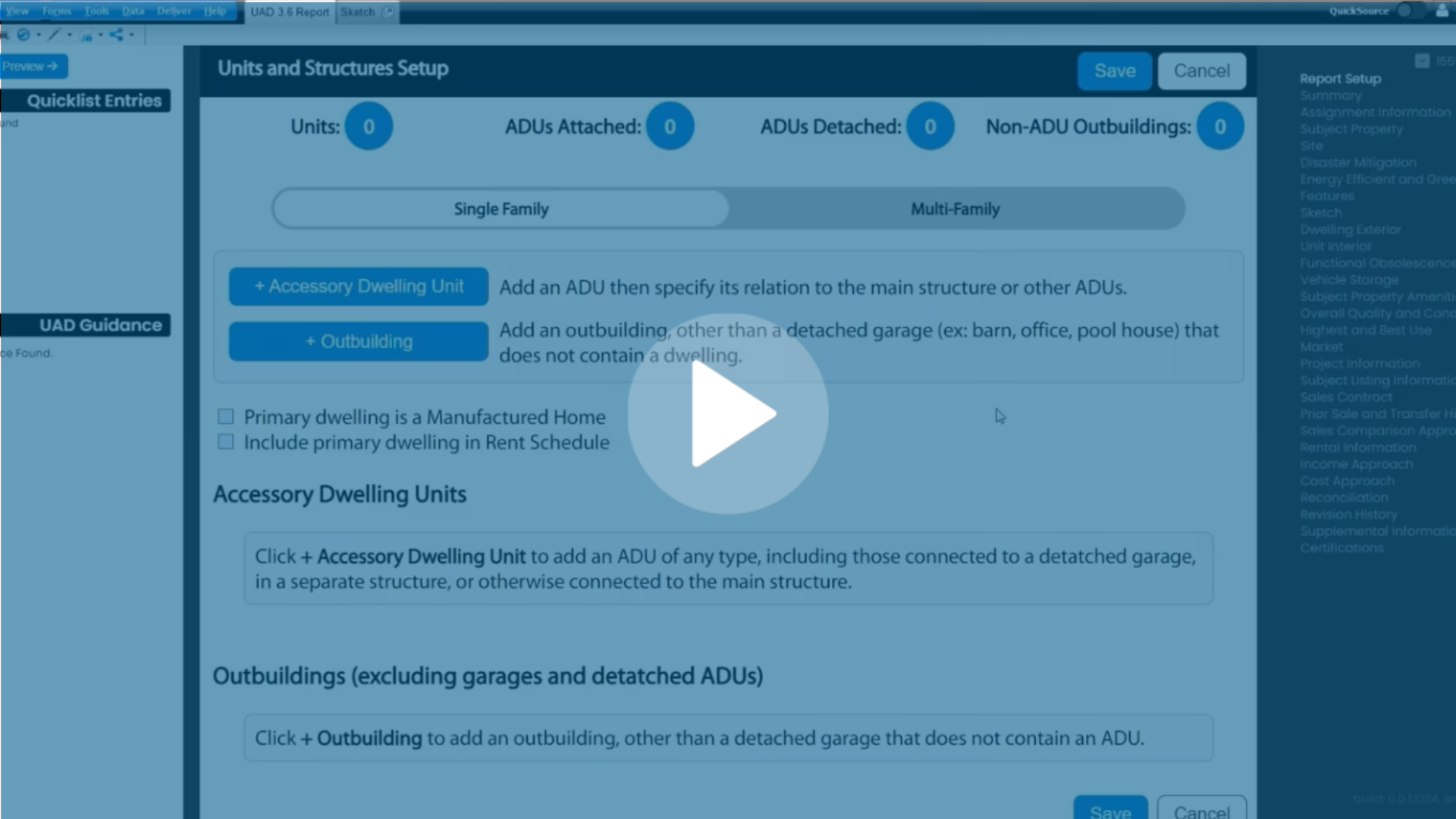
.png)

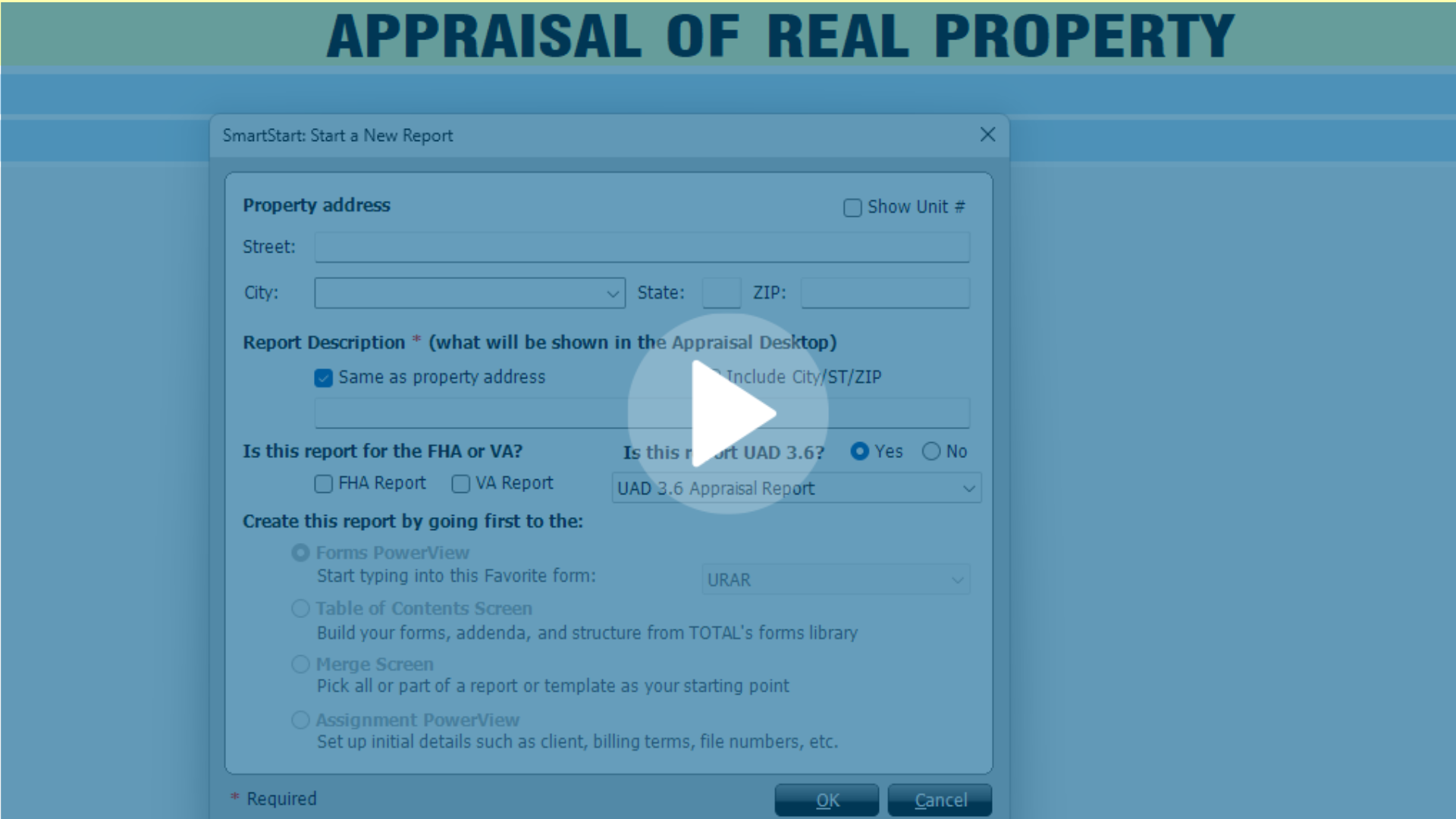

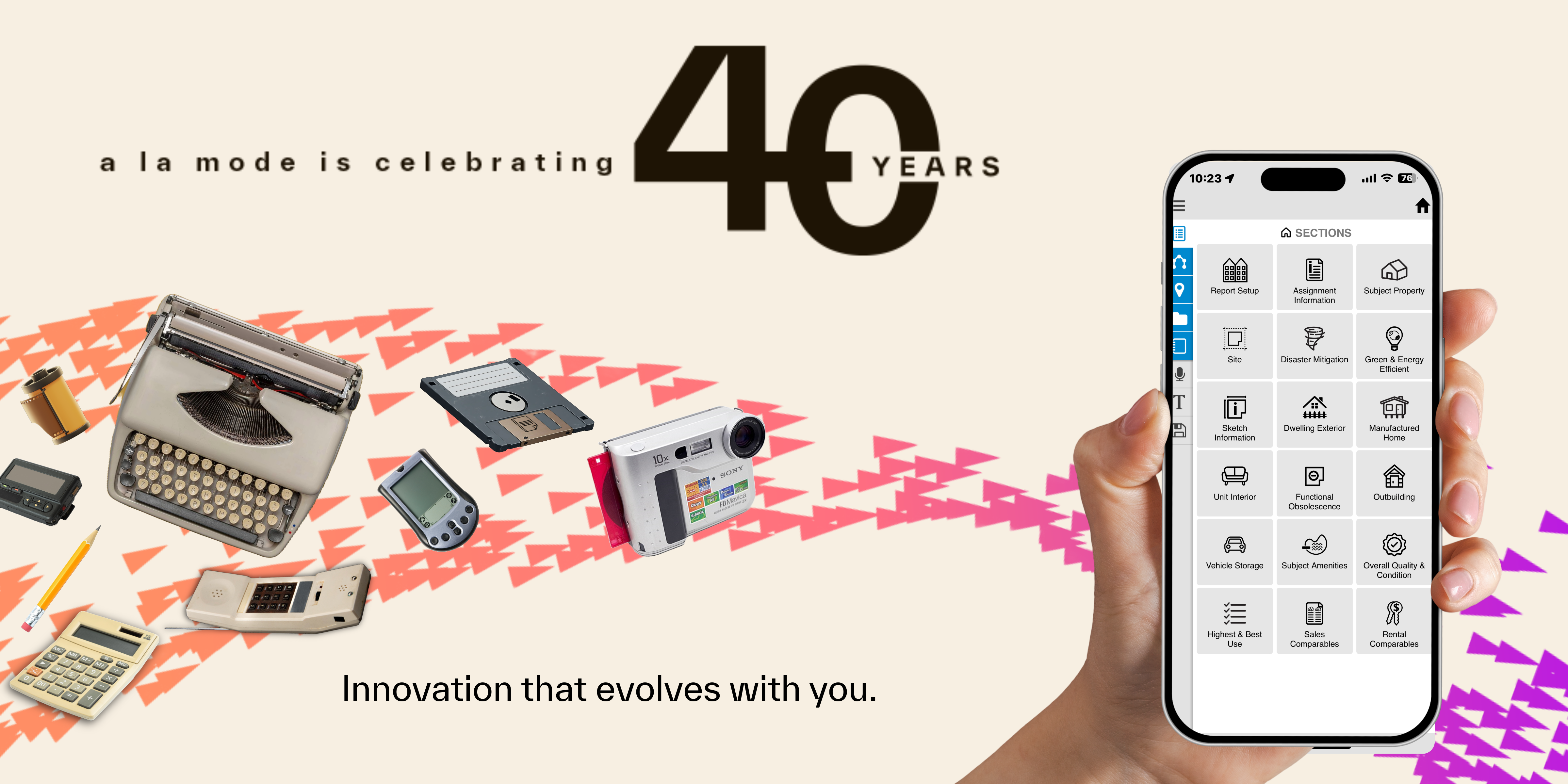
.png)
-1.png)
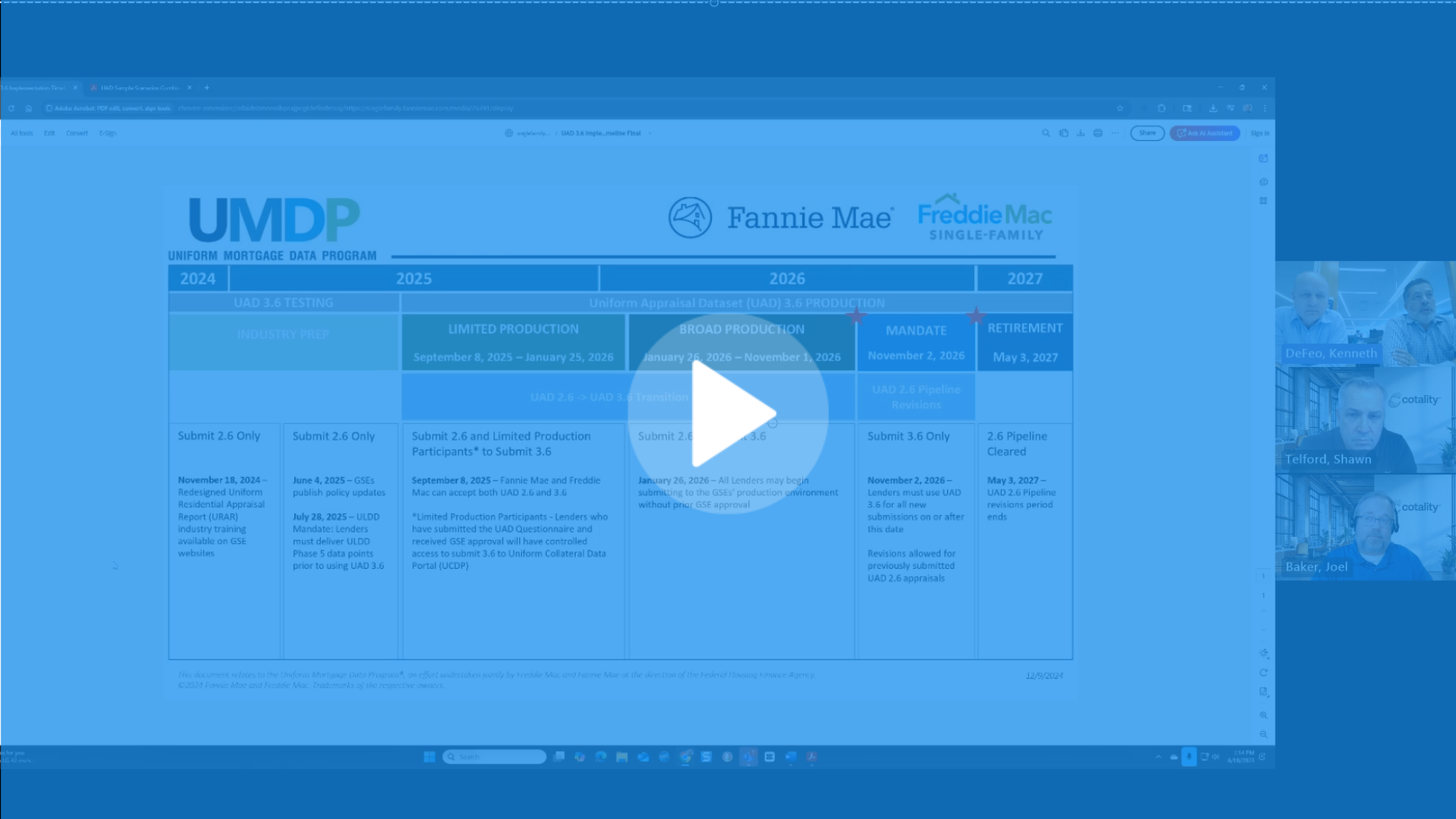
.png)
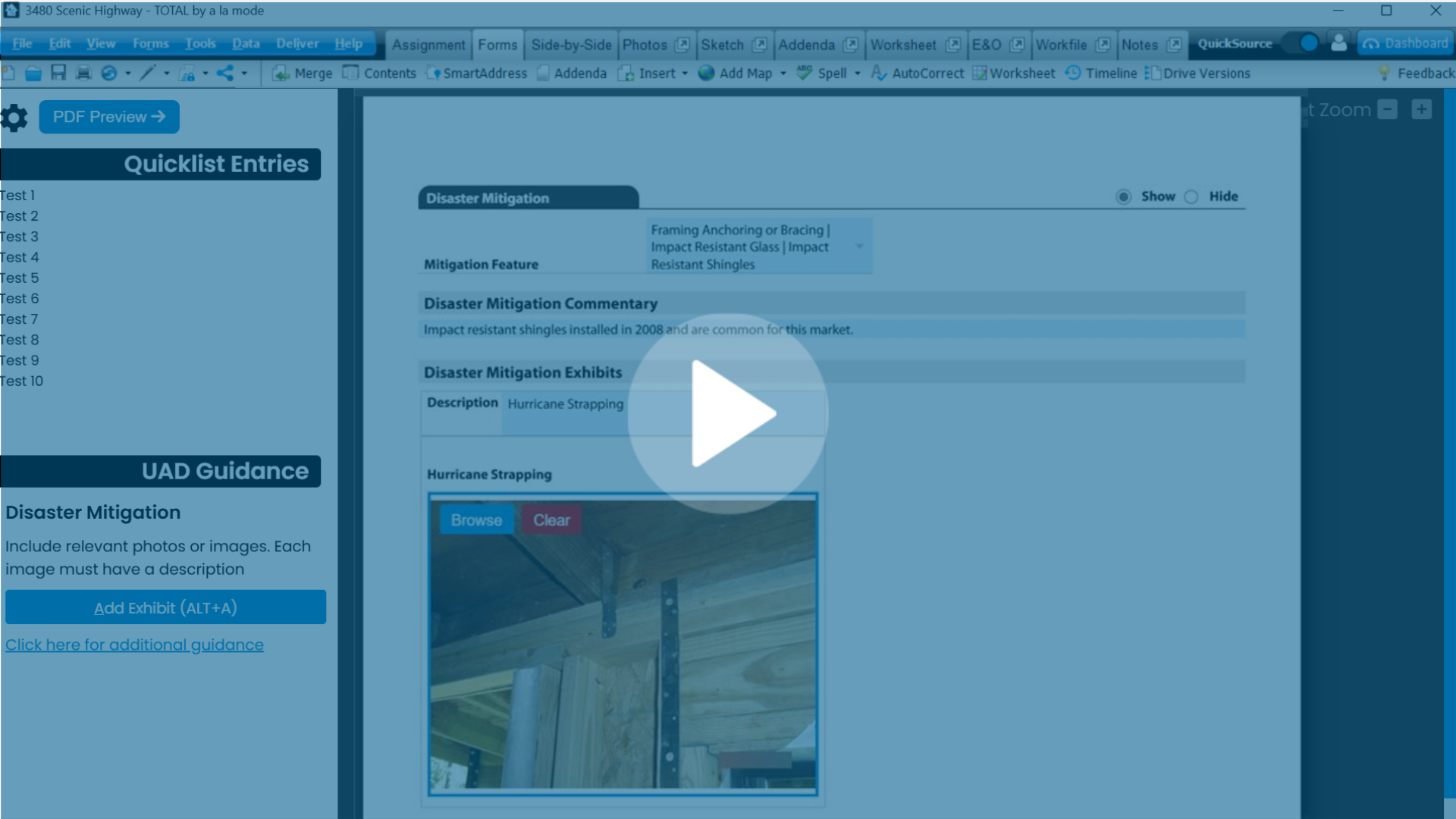
.png)
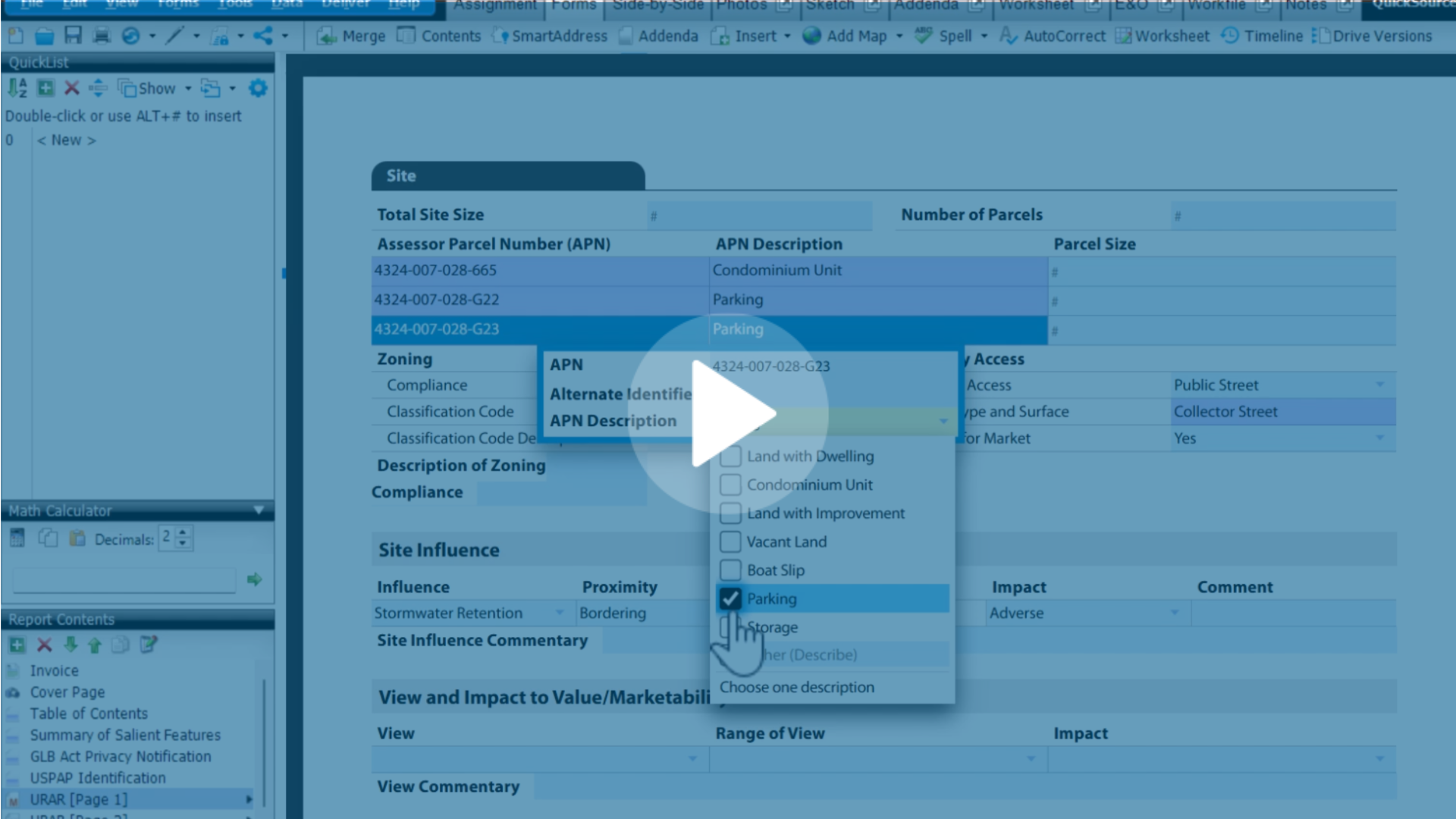
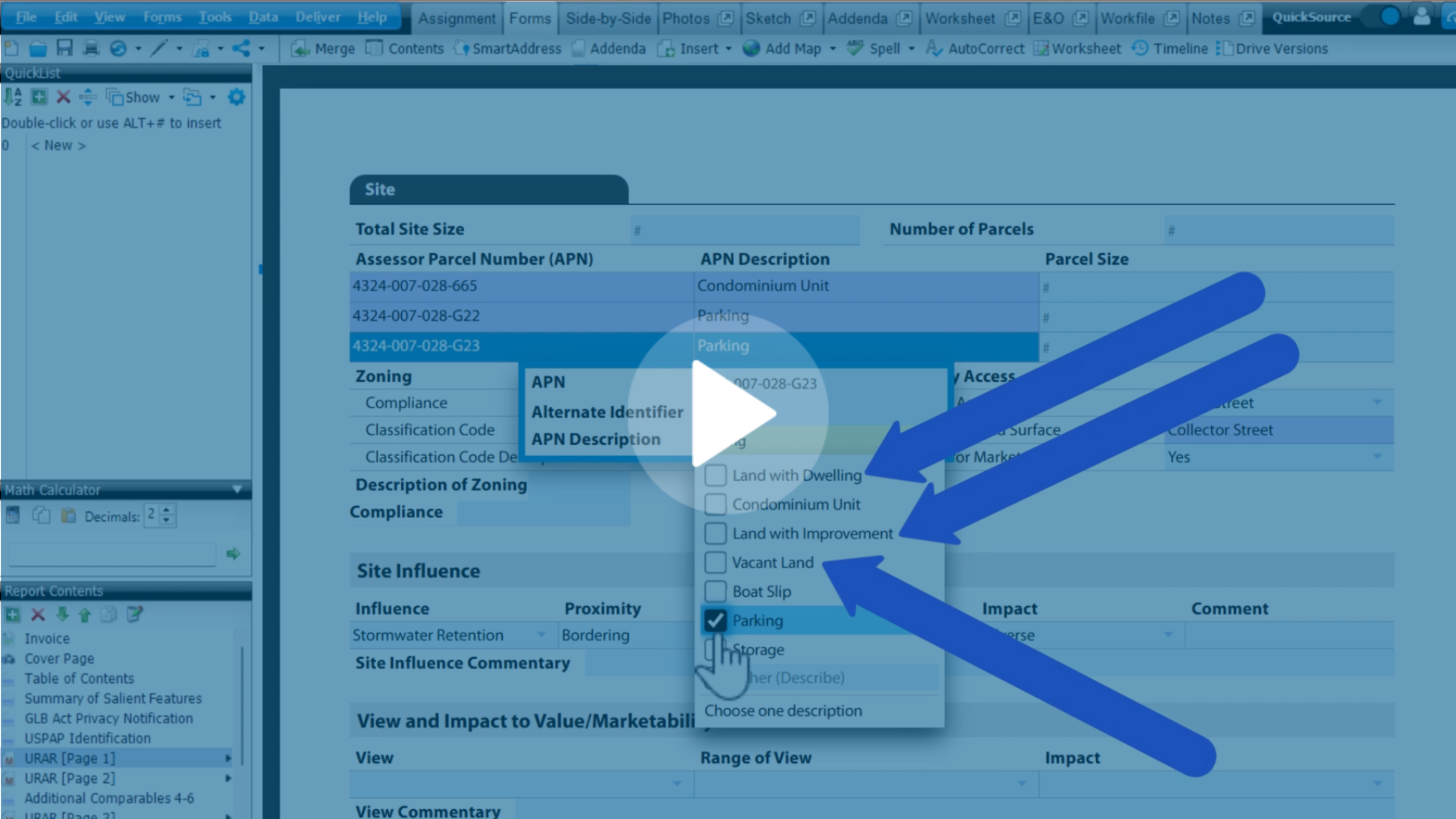
.png)
.png)
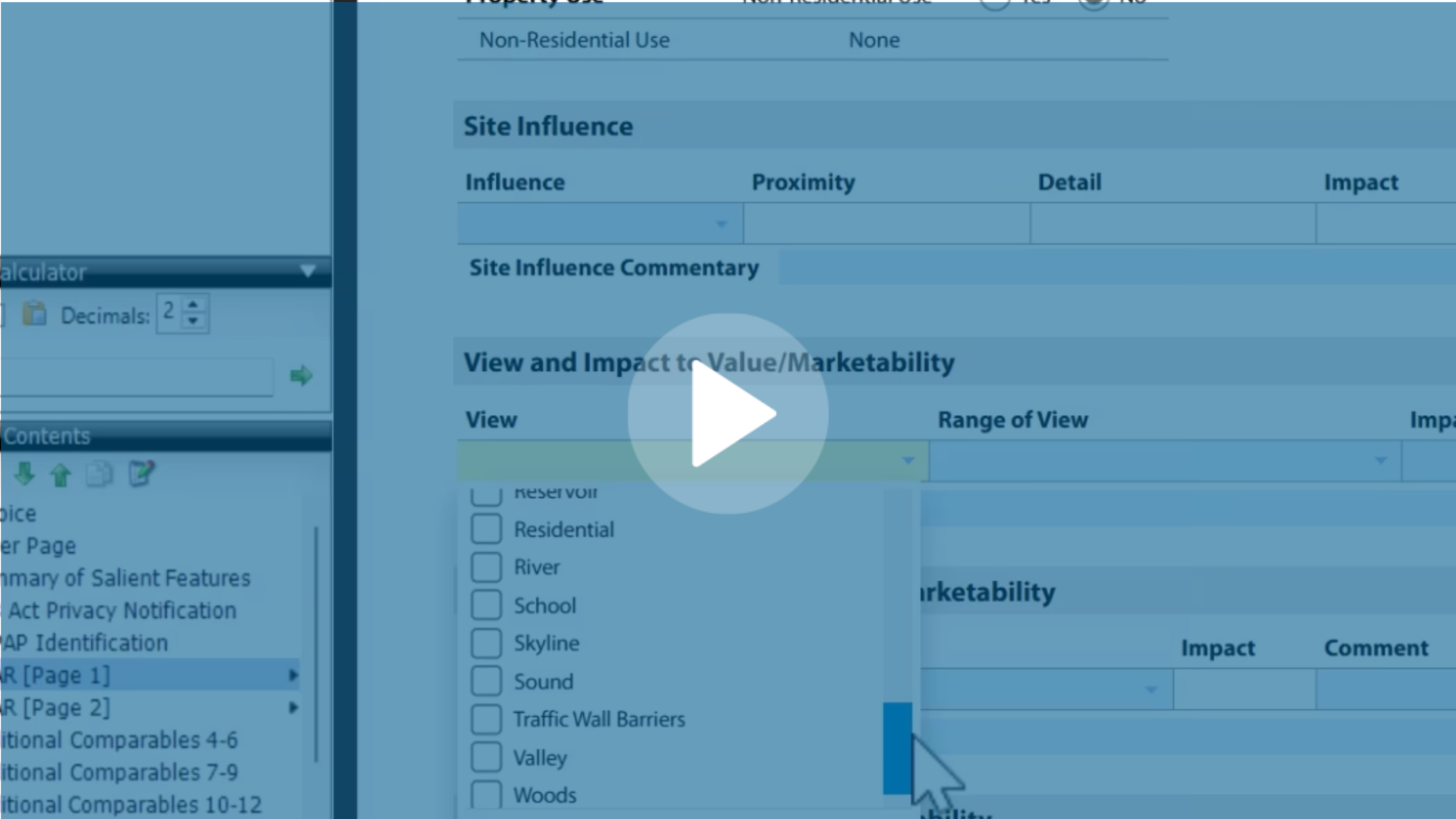
.jpg)
.png)
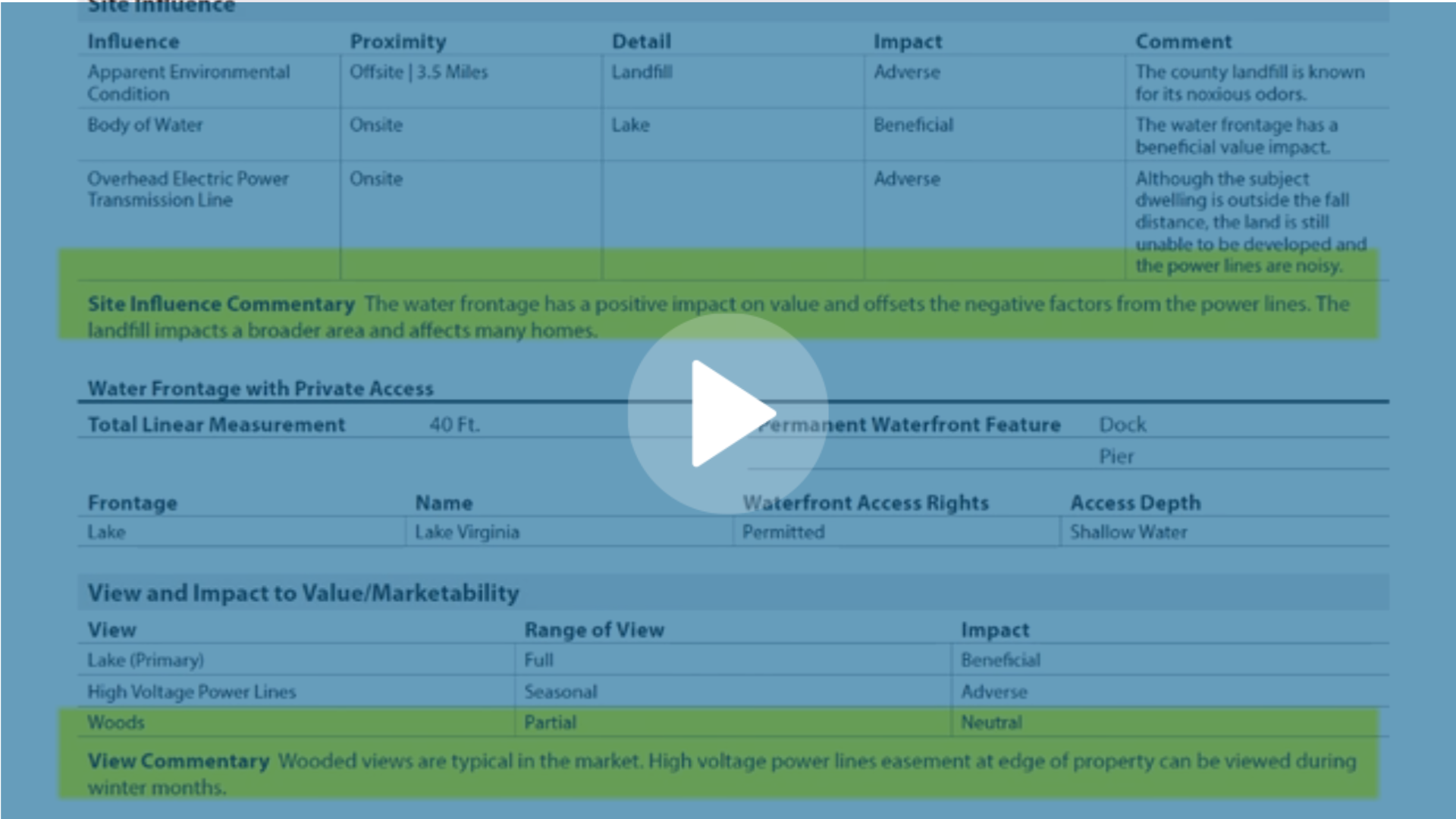
-1.png)



